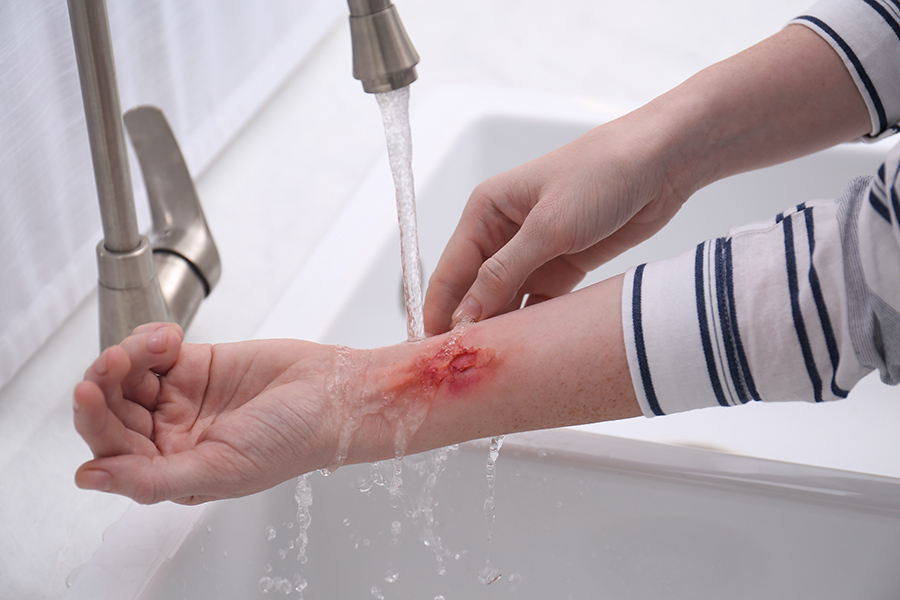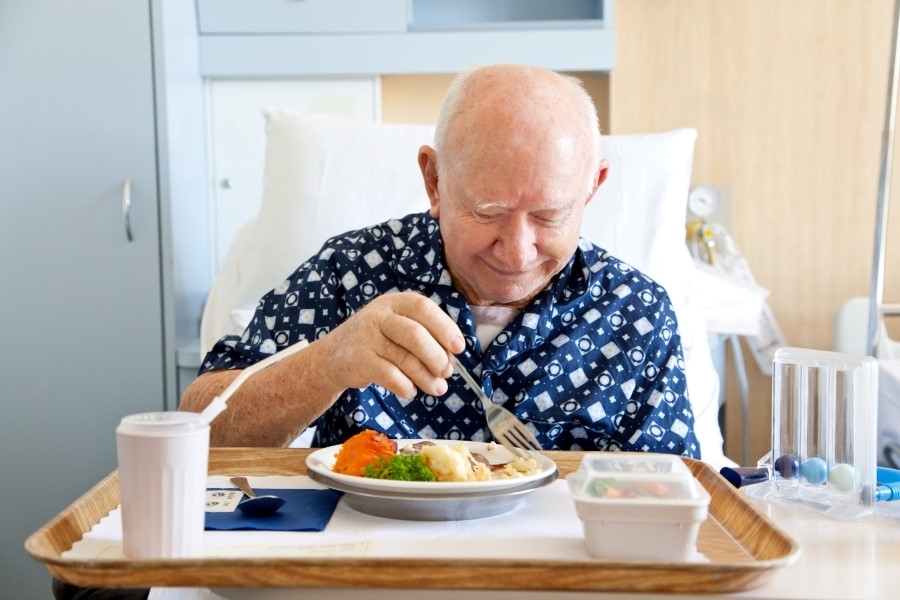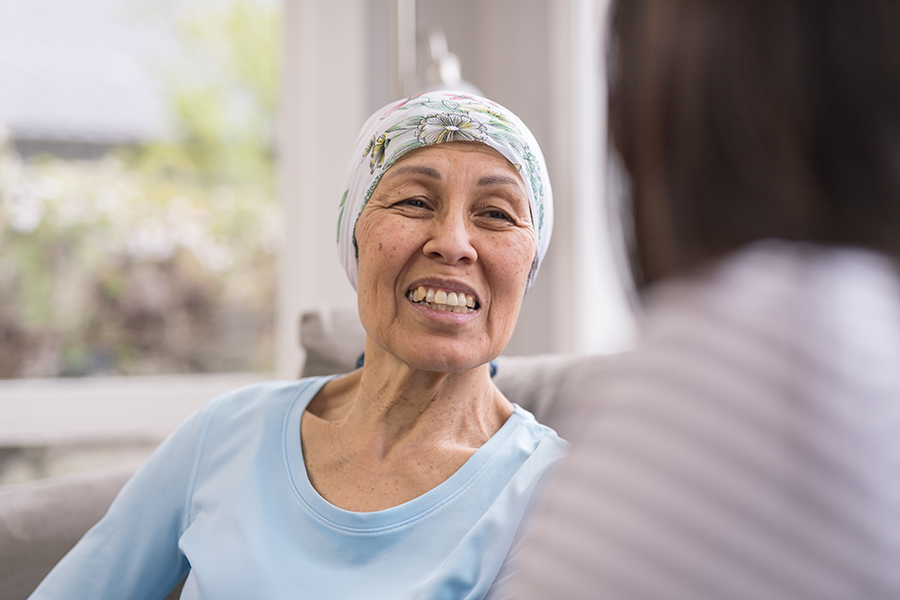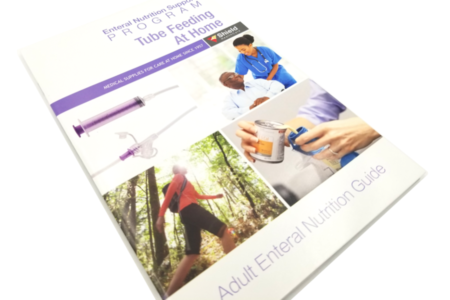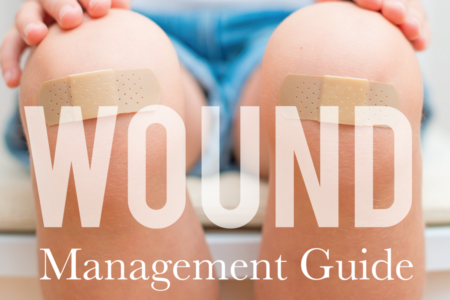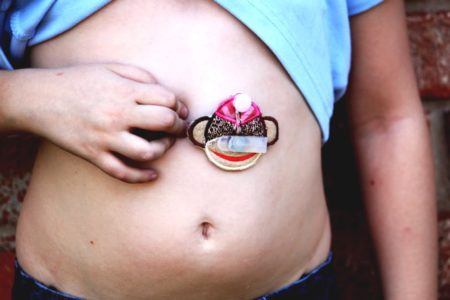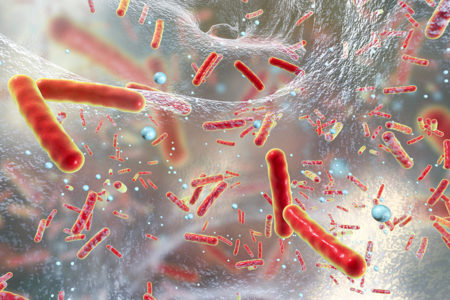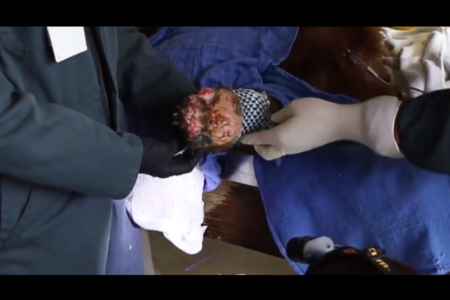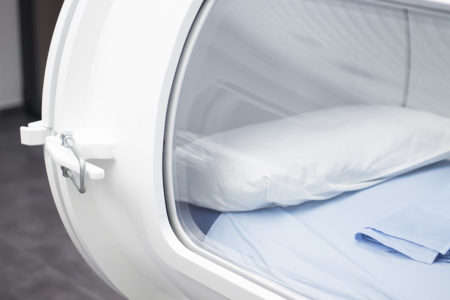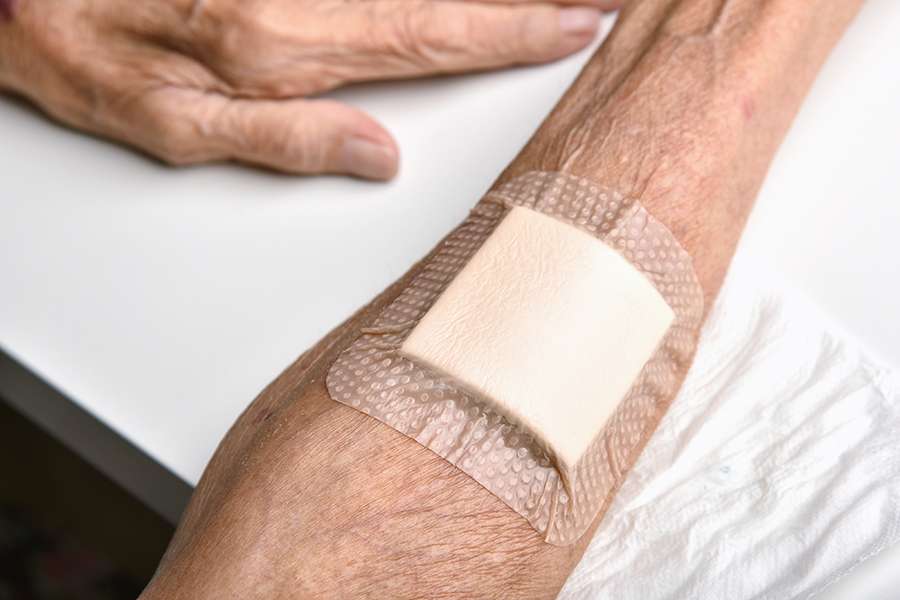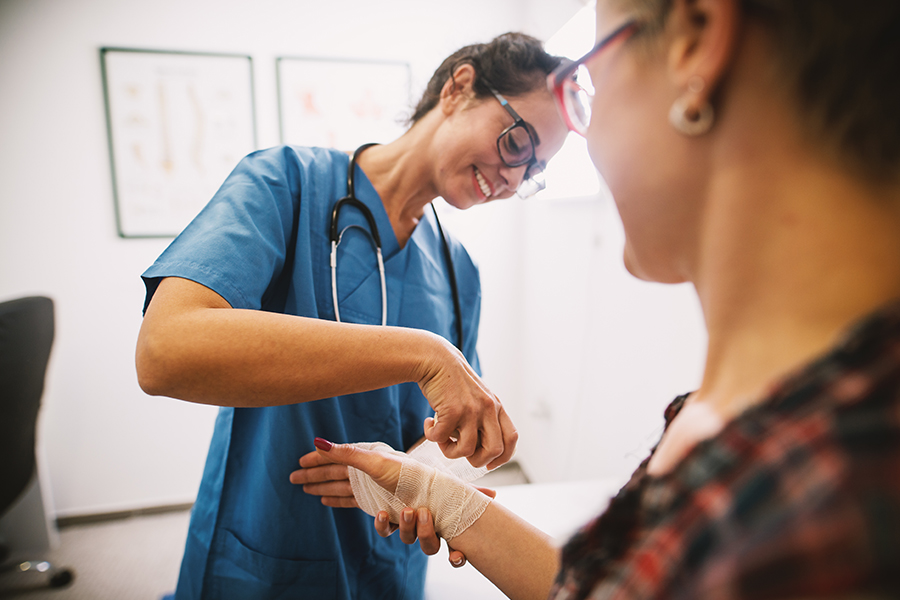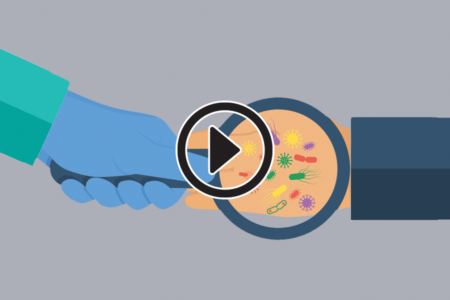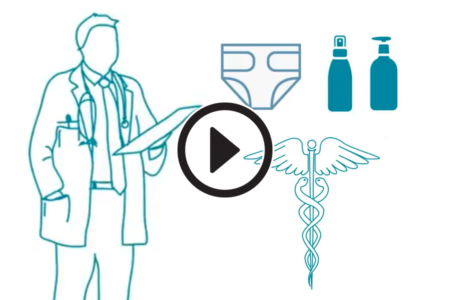Fatigue, excitement, busyness and distraction: the hallmarks of a hectic lifestyle can also be a recipe for minor injuries. As we’re busy in the kitchen, or hurrying about on errands, we are more likely to encounter common injuries such as scraped knees, small cuts and burns from the kitchen, ladder falls and more.
It is important to know whether your injury requires treatment — especially for more vulnerable people such as seniors, or individuals with chronic medical needs.
Identifying More Serious Injuries
Before considering treating a minor injury yourself, you first should evaluate whether the injury requires medical care. According to ABC News, any injury that seems worrying should be examined by a doctor. Other factors that indicate the need for professional evaluation include:
- Continued bleeding after 5 to 10 minutes
- Cuts and punctures that are deep enough that you can’t see the bottom
- Shallow scrapes that cover a large area of skin
- Burns that are deep or that cover an area larger than a quarter
- Wounds not showing improvement in the first 2 weeks
Minor Burns
Many of us have experienced first-hand some of the most common burns. From the kitchen to the bedroom, there are plenty of places to practice extra caution.
Burn Prevention
Here are some tips for prevention of common burns, according to the Mayo Clinic:
- Never leave items cooking on the stove unattended.
- Don’t leave cooking food unattended. Turn all handles of pots and pans away from the edges of the stove.
- Keep electrical appliances away from water.
- Test the temperature of food before eating it or giving to a child.
- Don’t heat bottles in the microwave as the temperature is difficult to control.
- Avoid cooking or working with fire while wearing loose clothes.
- Unplug electronic devices and store them where they can’t be reached by children. Cover outlets with plastic safety covers.
- Keep electrical wires and cords out of sight and reach of children.
- If you must smoke, avoid smoking in the house. Never smoke in bed.
- Check your smoke detectors often, and keep fire extinguishers on every floor of your home.
- Set your water heater at 120° F (48.9° C) or lower, and always test bath water temperature before entering or bathing a child.
Burn Treatment
According to the National Institute for Health (NIH) and the University of Rochester Medical Center (URMC) there are a few key steps for the treatment of minor burns.
First, stop the burning by:
- Removing the heat source.
- Removing loose clothing that is not stuck to the skin.
- Removing jewelry that could become stuck as the skin swells.
- Tar burns should be cooled with water without attempting to remove the tar.
Second, cool the burn to prevent progression of the tissue damage. Do this within 20 minutes of the injury, if possible. This can be done by:
- Running cool water at approximately 60° F (15° C) over the burn. You can use a hose if you are outside.
- Very cold water or ice is not recommended for cooling as this can worsen the burn.
- Cooling large areas of the body can cause hypothermia, particularly in children.
- Chemical burns should be rinsed with tepid water for 20 minutes or more.
Third, cover the burn to reduce pain and prevent infection. Here are some tips:
- Protect the burn site with a cover dressing, such as a composite bandage. An advanced dressing, such as a hydrogel sheet, may also be considered.
- Gently cleanse the wound with a mild liquid soap, twice daily.
- Change bandages daily.
- Do not break small blisters. If a blister breaks, speak to your doctor who may prescribe an antibiotic.
The URMC advises not to use butter, grease, creams, sprays, burn ointments, or powders in treatment of minor burns as these can worsen the injury. It is also important to use pain medication only as directed by a doctor.
Minor cuts, scrapes and punctures
Minor Scrapes and Cuts Prevention
Here are some recommendations provided by the Washington Post that will help prevent injuries such as small cuts while cooking or opening packages:
- Take a knife skills class.
- Always cut on a cutting board, and place something stablizing underneath it if it tends to slip.
- Always cut away from your body!
- Always curl back the fingers of the hand that is holding the food, as you cut it with the other.
- If a knife drops, never attempt to catch it. Allow it to fall and step far away from it.
- Use scissors when opening packages, never a knife.
- Freeze items individually to avoid attempting to separate them with a knife. Always let frozen food thaw before trying to separate it with a knife.
- Keep your knives sharp. Dull knives lead to more slips and accidents, and the injuries caused by a dull knife are more difficult to heal.
When to call the doctor
See your doctor for treatment of any cut that:
- Bleeds heavily
- Doesn’t stop bleeding after 5 to 10 minutes of direct pressure.
- Is more than half an inch in depth or length
- Is located on the face or close to an eye
- Is caused by a dirty or rusty object, or an animal bite
- Contains debris such as gravel, rocks or dirt that don’t come out when the wound is gently cleaned
- Has ragged or separated edges
- Is excessively painful
- Shows signs of infection (warmth, redness, swelling, or drainage)
Minor Scrapes and Cuts Treatment
According to the Mayo Clinic and the URMC, here are the steps for treatment of minor scrapes and cuts:
- Wash your hands to prevent infection.
- Stop the bleeding by applying a gentle pressure with a clean bandage.
- Clean the wound with running tap water.
- Wash with a gentle liquid soap, and don’t use hydrogen peroxide or iodine which can be irritating.
- Remove any dirt or debris with running water or if needed, using tweezers sterilized with tap water. If not properly cleaned scarring or infection can occur.
- Apply an antibiotic, petroleum jelly, or antiseptic lotion or cream. This will keep the surface of the skin soft and prevent scarring.
- Cover the wound using a sterile bandage or gauze to keep bacteria out. Don’t blow on the wound, as this can cause germs to grow.
- Change the dressing at least once a day, or anytime the bandage becomes dirty or moistened.
- Get a tetanus shot if you haven’t had one in the past five years, especially if the wound is deep or dirty.
- Watch for signs of infection such as warmth, redness, swelling or drainage. See a doctor if the wound becomes infected.
Falls
Fall Prevention
Although fall-related injuries occur throughout the year, the holiday season seems to be a time when individuals do not exercise the caution they might during the less chaotic months. According to the Centers for Disease Control (CDC), the majority of falls during the holiday season are from ladders, often while hanging holiday lights. Also common are falls from roofs, furniture, stairs, and porches. Other falls were caused by tripping over or slipping on anything from home decorations and cords to clothes. Fractures were the most commonly reported injury, approximately half of which were caused by falls from ladders. Here are some basic tips to prevent holiday-related falls in the home:
- Use extreme caution when standing on ladders or furniture or stools when decorating the home.
- Check that ladders and stools are on even ground.
- If ladders and stools are not tall enough, consider a professional decorator.
- Never mix alcohol and heights.
- Clean up clutter in the home that could be a tripping hazard.
- Wear shoes that fit well.
You can learn more about what to do after someone has fallen in this article.
Click below for articles related to wound care:






